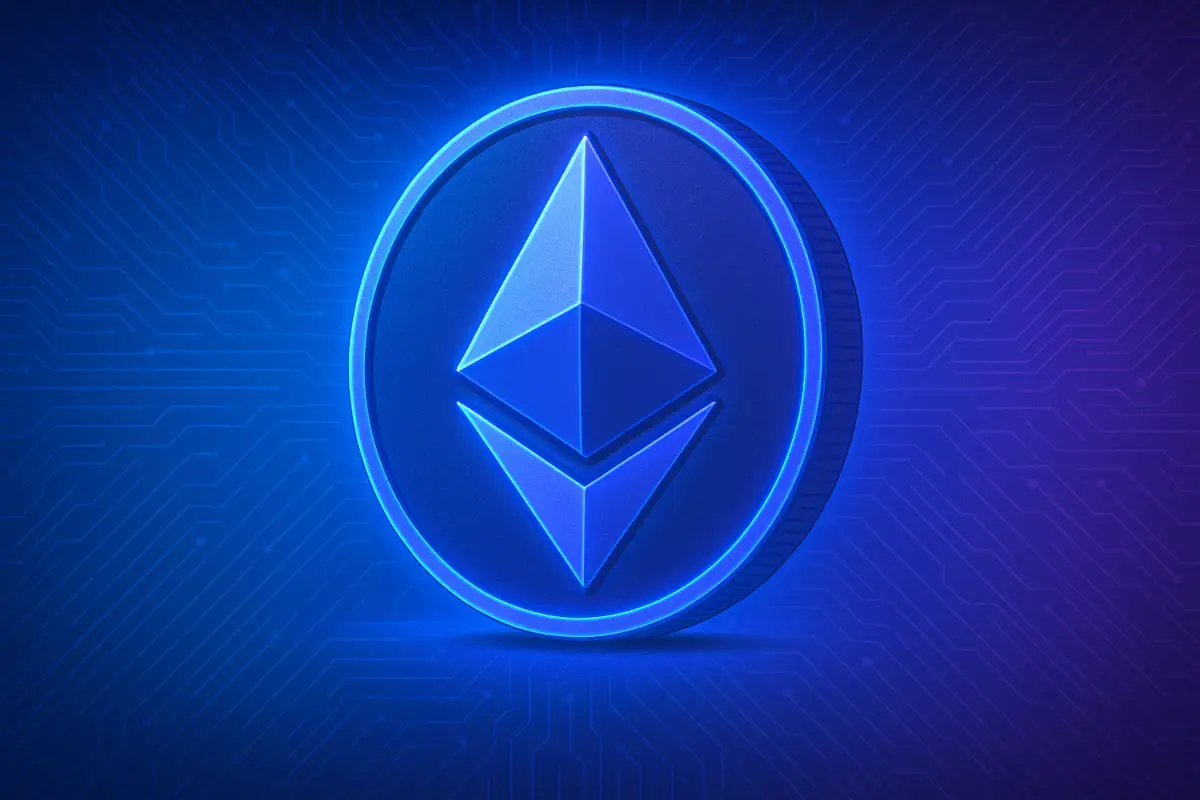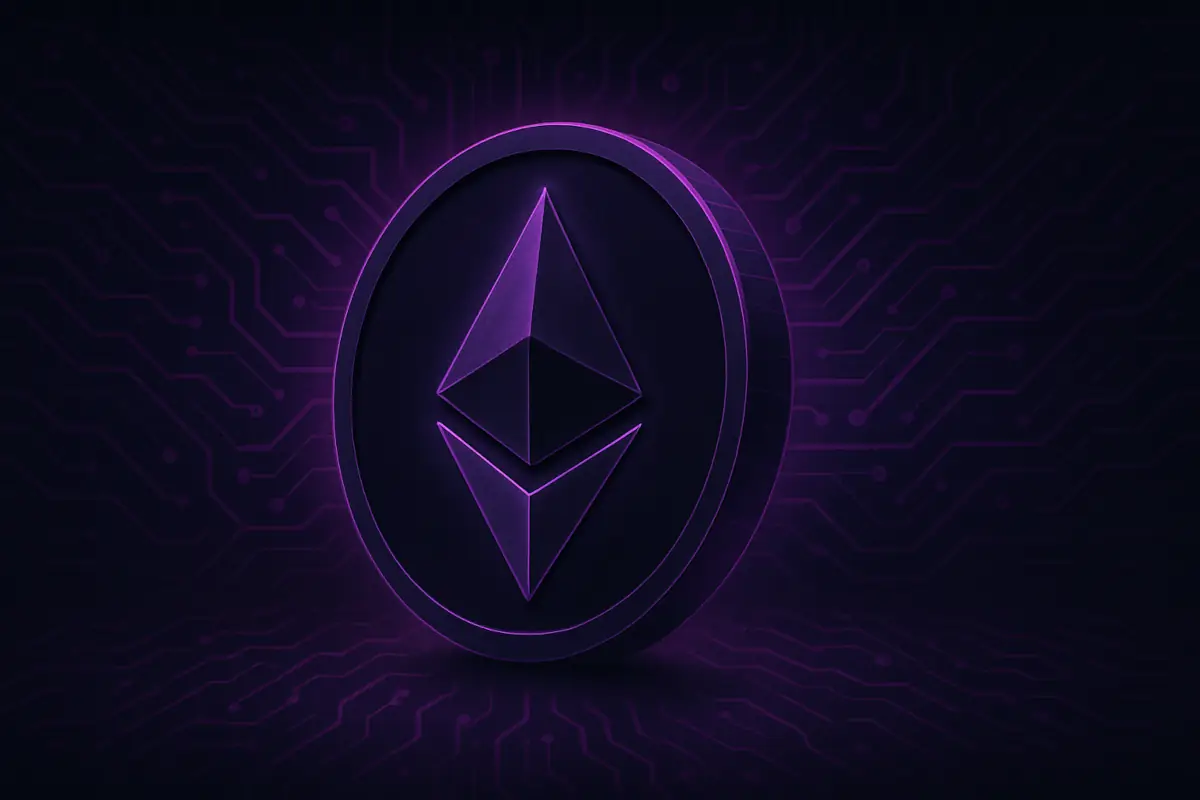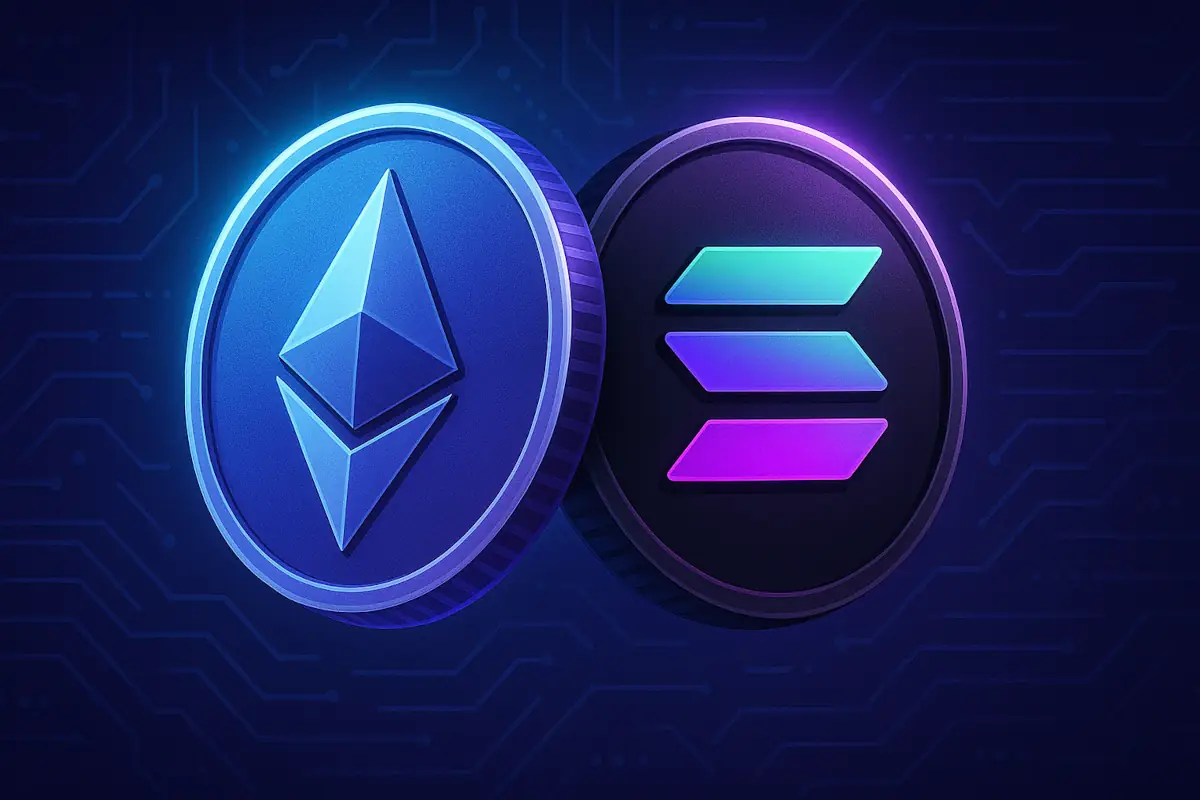Ethereum’s latest major upgrade has officially gone live. Triggered at 10:05:11 UTC at epoch 364032, the Pectra upgrade brings one of the largest sets of protocol changes the network has ever shipped in a single release.
Despite earlier delays tied to testnet issues, the rollout appears smooth. Developers and node operators are monitoring the chain for stability, but no major disruptions have been reported so far.
Table of Contents
What Changed
Pectra touches nearly every part of the Ethereum protocol. The upgrade increases the maximum stake per validator to 2048 ETH, allowing large operators to compound rewards without triggering forced exits. Activation time for new validators has been shortened, and staking pools now have more flexibility to trigger withdrawals without needing validator-level access.
Wallets are also getting an upgrade. With smart account features now live, users can string together multiple actions in one transaction, delegate permissions temporarily, and avoid the usual friction around gas. Meanwhile, rollup capacity has doubled, lowering costs for layer-2 transactions and reducing calldata pressure on the main chain.
Under the surface, cryptographic operations are faster, smart contracts can read over a full day’s worth of block history, and communication between Ethereum’s layers has improved. These changes are expected to support better bridge design, cheaper ZK rollups, and more efficient validator coordination.
We cover all the changes in detail in this article.
Smooth Launch After Months of Testing
The path to mainnet wasn’t simple. Earlier versions of the upgrade caused finality issues on Holesky and triggered an exploit on Sepolia. Ethereum developers responded by launching the Hoodi testnet in March, which served as the final trial run before setting a fixed mainnet date.
Pectra was originally targeted for late March or early April but was pushed back to ensure proper coordination and notice for builders. That extra time may have saved the network from potential launch-day complications.
No Action Needed for Most Users
For most users, the changes are happening entirely in the background. Wallets, exchanges, and staking providers have updated or will continue rolling out compatibility over the coming days. The upgrade doesn’t require any token migration or manual action.
Validators who want to take advantage of the new staking limits will need to opt in. Those who don’t will continue operating as they have.
What Comes Next
With Pectra complete, Ethereum’s focus now shifts to the next upgrade cycle. Fusaka, expected later this year, will introduce changes to how contracts are stored and executed.
But for now, Ethereum’s most ambitious upgrade since the Merge is running smoothly – and doing exactly what it was designed to do.
Read also: Ethereum R1: The Rise of a Neutral Rollup




